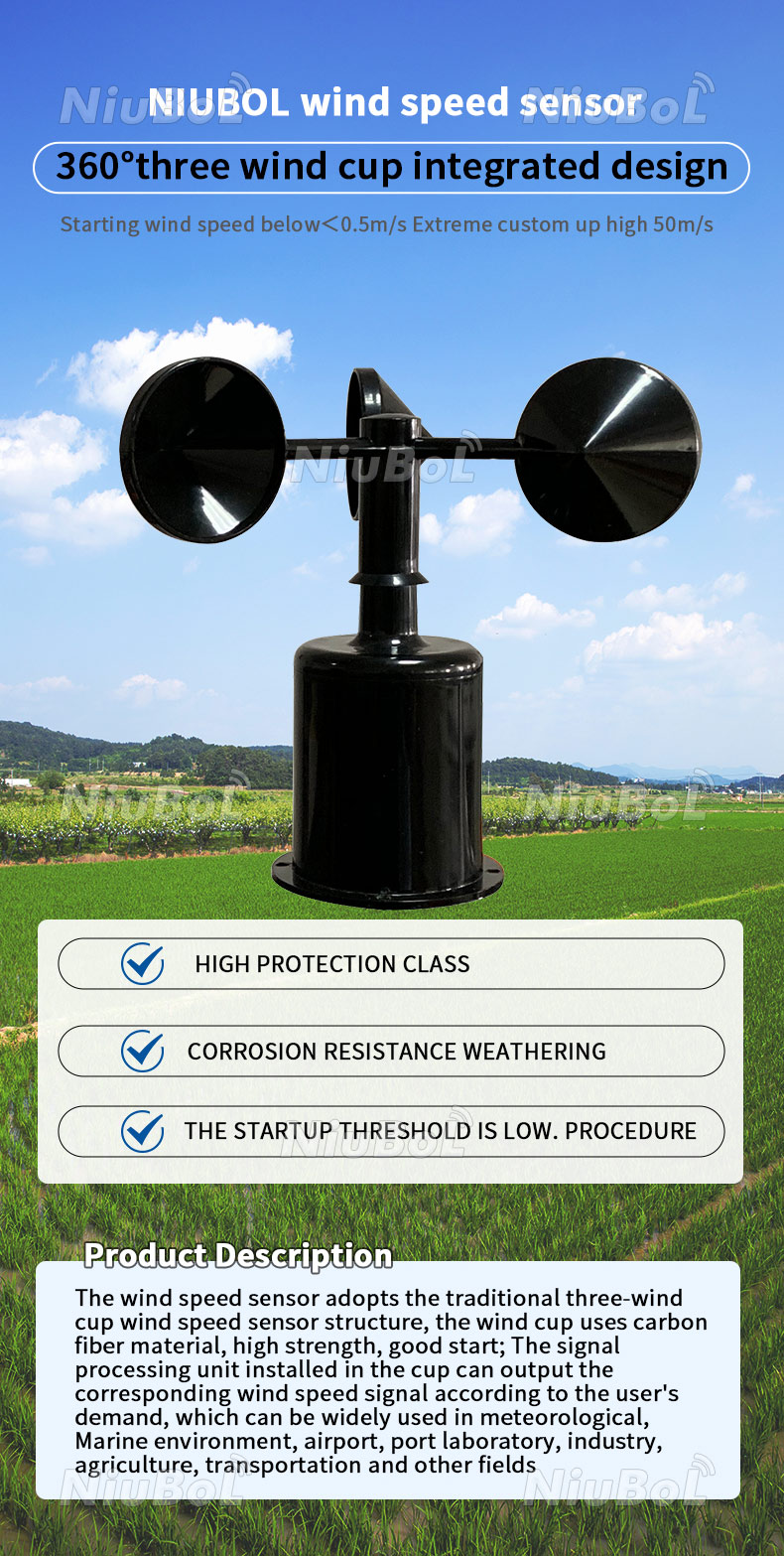All You Required to Learn About Anemometers: Exactly How They Work, Why They Matter, and Where to Make use of Them
Anemometers, though typically neglected in the world of clinical instruments, play a vital role in numerous fields, supplying important insights into wind rate and air flow patterns. Recognizing the technicians behind these gadgets is necessary for anybody looking for to harness the power of this data. From meteorologists tracking climate patterns to engineers creating structures with wind tons in mind, the applications of anemometers are varied and far-reaching. As we explore the details of anemometer innovation, we will reveal the inner workings of these gadgets, their importance, and the essential considerations when choosing the appropriate anemometer for particular applications.

Anemometer Essentials
An essential tool made use of to gauge wind speed and instructions, the anemometer plays a critical function in weather forecasting and numerous sectors. An anemometer normally is composed of three or 4 cups that rotate in the wind, a vane that points right into the wind, and sensors to track the movements or rotations. By calculating the turnings or movements over a specific time period, the anemometer can determine wind rate. The vane helps figure out wind instructions by aiming right into the wind, giving useful data for weather projecting, air travel, maritime operations, ecological monitoring, and wind power applications.
There are numerous sorts of anemometers readily available, including mug anemometers, vane anemometers, hot-wire anemometers, and sonic anemometers, each with its one-of-a-kind functions and applications. Mug anemometers are commonly used for basic wind speed dimensions, while vane anemometers are chosen for directional dimensions. Hot-wire anemometers are appropriate for reduced airspeeds, and sonic anemometers are optimal for high-precision dimensions in research study and industrial settings. Comprehending the essentials of anemometers is important for accurate wind information collection and evaluation throughout various sectors.
Principles of Anemometer Operation
Structure on the foundational understanding of anemometer essentials, the principles of anemometer operation clarify the technicians behind wind speed and instructions measurements. Cup anemometers, for circumstances, have three or even more cups that capture the wind, causing them to spin quicker as the wind speed increases. Hot-wire anemometers count on a heated wire that cools down as wind passes over it, with the price of cooling determining the wind rate.
Value of Anemometers
Anemometers play a vital duty in gauging wind speed and instructions, giving essential information go to the website for climate forecasting, environment research studies, ecological monitoring, and aeronautics operations. Meteorologists depend on anemometers to gather exact wind information, aiding them understand weather patterns, predict storms, and concern prompt cautions to the public. Wind ranch operators use anemometers to analyze wind conditions and make best use of electricity manufacturing from wind generators.
Applications Throughout Numerous Industries
In the renewable energy market, anemometers play a crucial role in evaluating wind problems for wind ranch positionings, ensuring optimum energy manufacturing. Industries like construction and mining make use of anemometers to keep track of wind speeds, vital for safety and security protocols, especially when working at heights or in open-pit mines where strong winds can posture hazards. In farming, anemometers aid farmers in managing crop spraying by offering real-time information on wind rate to avoid drift.

Choosing the Right Anemometer for Your Demands
For basic purposes, a mug anemometer is ideal for gauging find here wind speed, while a vane anemometer gives wind instructions information. Hot-wire anemometers are optimal for reduced airspeed dimensions, and ultrasonic anemometers offer high precision and resilience.

Final Thought
To conclude, anemometers play a vital function in measuring wind rate and direction across various sectors. Comprehending the principles of anemometer procedure is essential i was reading this for selecting the best tool for particular needs. From meteorology to aviation, anemometers are essential tools for accumulating precise information and making certain safety and security in various applications. When picking the most suitable gadget for gauging wind problems., it is essential to take into consideration the relevance of anemometers in order to make informed decisions.
There are different types of anemometers readily available, consisting of cup anemometers, vane anemometers, hot-wire anemometers, and sonic anemometers, each with its unique attributes and applications. Cup anemometers are typically made use of for standard wind rate dimensions, while vane anemometers are liked for directional measurements. Hot-wire anemometers are ideal for low airspeeds, and sonic anemometers are excellent for high-precision dimensions in study and industrial settings.Structure on the fundamental understanding of anemometer fundamentals, the concepts of anemometer operation illuminate the mechanics behind wind rate and instructions measurements. For general purposes, a mug anemometer is appropriate for measuring wind rate, while a vane anemometer gives wind direction data.
Comments on “Contrasting Digital and Mechanical Anemometers: Which is Right for You?”